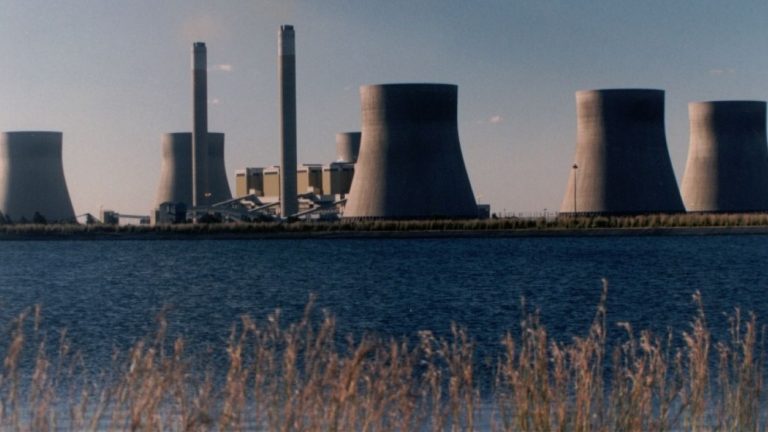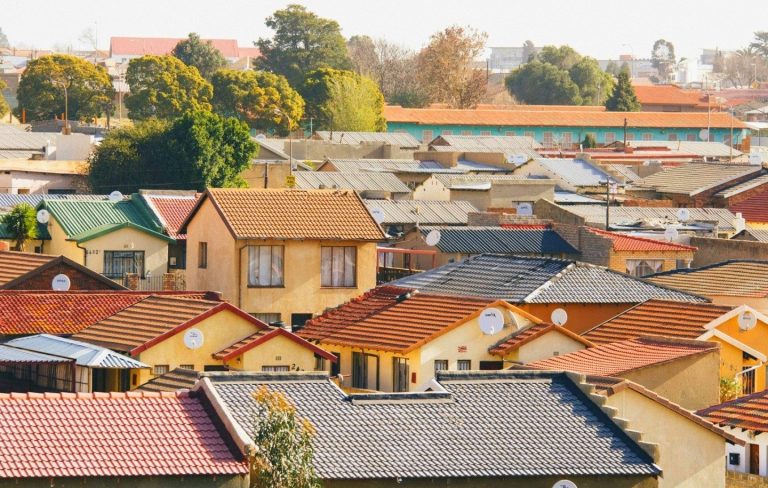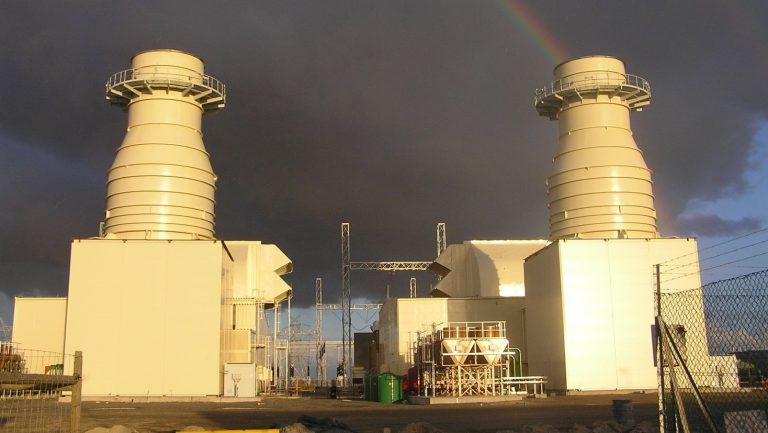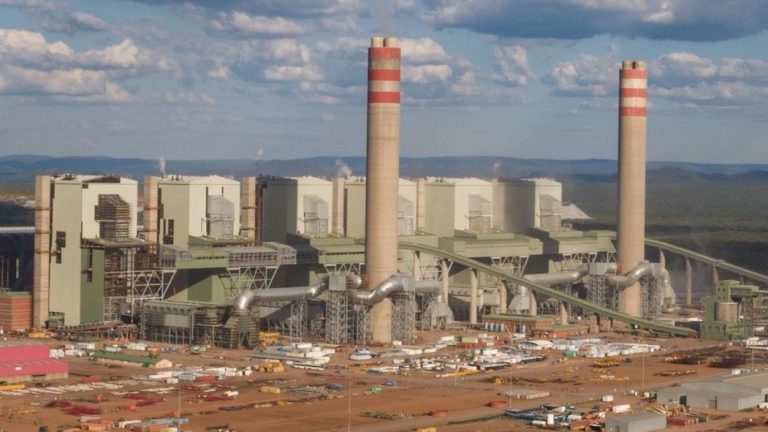Power system is severely constrained with a high risk of increased stages of loadshedding in winter
Thursday, 18 May 2023: During the State of the System and Winter Outlook briefing this morning, Eskom cautioned that the power system is severely constrained and there is a high risk of elevated stages of loadshedding in winter. The outlook shows that with breakdowns or capacity unavailable due to unplanned maintenance at 15 000MW, loadshedding might be predominantly implemented at Stage 5 for the winter period. Should breakdowns reach 16 500MW, loadshedding might be implemented at Stage 6. If unplanned outages averages to 18 000MW, loadshedding might be required every day and might be implemented up to Stage 8. Eskom emphasises that the 18 000MW scenario that could culminate in Stage 8 is an ultimate worst case scenario that Eskom is working tirelessly to avert at all cost; by all means necessary.
In his opening remarks, Eskom Board Chairperson, Mpho Makwana said that going through the winter months will be difficult and called for a coordinated effort among all stakeholders.
“We fully comprehend the adverse impact that rotational loadshedding has on South Africa’s already fragile economy and its people. We are doing everything to mitigate the intensity of rotational loadshedding including taking lessons from the rest of the world. We have seen that effective rotational loadshedding during winter months requires a coordinated effort among all stakeholders within a country,” said Makwana
Makwana reiterated the Board’s support of Eskom management in their efforts to improve the performance and the life extension of the of the Generation coal-based power stations.
The Chairperson added that dealing with corruption is central to creating an uplifting work environment at Eskom. “Corruption undermines value-creation and is an enemy of progress it must be uprooted completely so that it does not hinder our efforts of performance improvement. Working through National Energy Crisis Committee (NECOM) streams we see the fruits of collaboration between our internal forensic department, South African Police Service (SAPS), and the Special Investigating Unit (SIU) in dealing with cases of corruption,” added Makwana.
Interim Group Chief Executive Calib Cassim said that South Africa experienced the highest levels of loadshedding as the energy availability factor (EAF) deteriorated to 56% in the past financial year, against the target of 60%.
Cassim remarked that there were some encouraging developments in the efforts to deal with the electricity crisis in the country. “The establishment of NECOM and the development of South Africa’s Energy Action Plan, overseen by government, are some of the positive developments aimed at addressing the electricity crisis. Furthermore, the determination by the Nersa of a favourable tariff increase as well as the debt relief solution by National Treasury are critical enablers of sustainable electricity supply industry,” said Cassim.
Giving performance overview, Eskom Generation Group Executive, Bheki Nxumalo, said that the power generating system continues to show poor performance, with frequent plant breakdowns subjecting the country to varying and higher stages of loadshedding. These shortages will persist during throughout the winter months necessitating continued implementation of loadshedding.
The current situation is exacerbated by the loss of four major units which are on extended outages. Units 1, 2 and 3 of Kusile Power Station are currently offline as a result of the failure of the Unit 1 flue gas duct on 22 October 2022. Work is underway to bring these units back online from November 2023. Unit 1 at Koeberg Power Station is currently on a long-term outage for maintenance and refuelling as well as the replacement of the steam generators and is expected to return to service on 14 September 2023. The unavailability of the three units at Kusile and the unit at Koeberg 1 has removed 3 080MW of capacity from the grid. This is equivalent to three stages of loadshedding.
“We are striving to reduce plant breakdowns to 15 000MW or below for the winter period to keep loadshedding at lower stages. We, however, concede that this will be extremely hard given the unreliability and unpredictability of the power generating fleet and that we are already about 3 000MW worse off this winter compared to the same period last year,” said Nxumalo.
Sharing the outlook, Eskom Group Executive for Transmission, Segomoco Scheppers, allayed fears of a possible national blackout as speculated across various media platforms, stating that there are number of control measures, including loadshedding, that are aimed at protecting the power system from collapsing. Scheppers, however, cautioned that losses of 18 000MW or more during the winter period could result in the implementation of loadshedding up to Stage 8.
“Efforts are underway to return a number of units from outages to mitigate the worst case scenario of 18 000MW or above from materialising. Eskom will also keep planned maintenance at a maximum of 3 000MW during the winter period,” said Scheppers.
Eskom Group Executive for Distribution, Monde Bala, said the organisation will also rely on its Demand Side Management interventions to manage the capacity gap in winter and beyond.
“We believe South Africans can greatly support efforts to mitigate the impact of the capacity shortfall and call electricity users to use energy sparingly to safeguard the national grid and to report infrastructure theft and vandalism as well as illegal connections,” said Bala.
The system remains severely constrained, with a risk of continuous higher stage of loadshedding in winter. Eskom will continue to rely heavily on the extensive use of open-cycle gas turbines (OCGTs) to prevent higher stages of loadshedding, particularly during morning and evening peak.
ENDS








